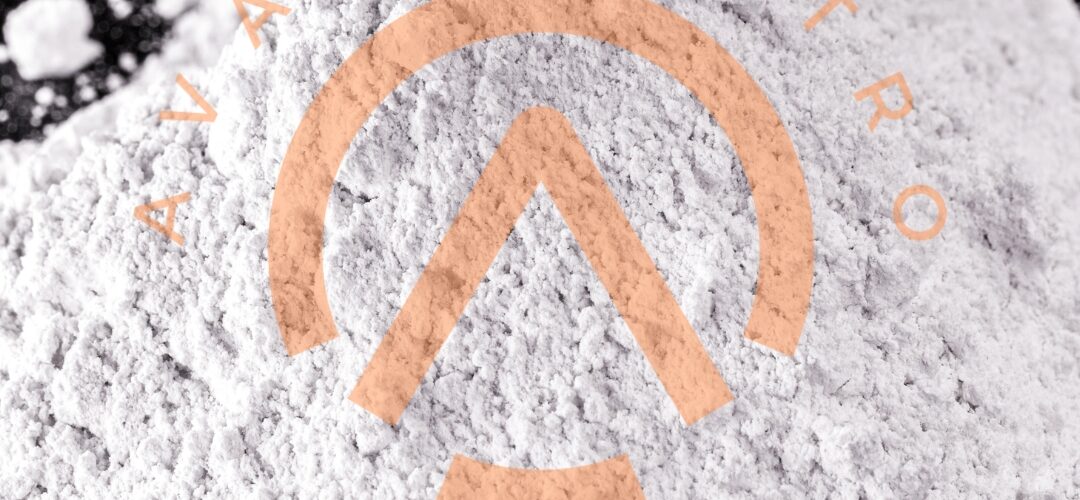Talc vs Calcim Carbonate as Mineral Fillers in Plastic Industry
Learn about the differences and applications of talc and calcium carbonate as mineral fillers in the plastic industry. This comprehensive guide explores their properties, benefits, and challenges, helping you make informed decisions for your plastic manufacturing needs.
Introduction:
In the plastic industry, mineral fillers play a crucial role in enhancing various properties of plastic materials. Two commonly used fillers are talc and calcium carbonate. Both have distinct characteristics that make them suitable for different applications. In this article, we will delve into the comparison of talc vs calcium carbonate as mineral fillers in the plastic industry, exploring their individual features, applications, and advantages.
Talc vs Calcim Carbonate as Mineral Fillers in Plastic Industry: A Comprehensive Comparison
1. Talc: Understanding the Versatile Filler
Talc is a naturally occurring mineral composed of magnesium, silicon, oxygen, and hydrogen, resulting in its softness and greasiness. Its high aspect ratio and lamellar structure make it an ideal reinforcing filler for plastics. Talc is widely used in various industries, including the plastic industry, due to its exceptional properties.
1.1. Key Properties of Talc
• Low hardness and abrasiveness
• High chemical inertness
• Excellent thermal and electrical resistance
• Improved dimensional stability
1.2. Applications of Talc in Plastic Industry
• Enhancing impact resistance in polypropylene and polyethylene products
• Improving stiffness and heat resistance in thermoplastic polyolefins (TPO)
• Reducing shrinkage and warpage in injection-molded parts
2. Calcium Carbonate: A Reinforcing Filler with Vast Applications
Calcium carbonate, often derived from limestone, is another popular mineral filler utilized in the plastic industry. It comes in various forms, such as ground calcium carbonate (GCC) and precipitated calcium carbonate (PCC), each offering distinct advantages.
2.1. Key Properties of Calcium Carbonate
• High purity and brightness
• Cost-effectiveness
• Environmentally friendly
• Improves mechanical properties of plastics
2.2. Applications of Calcium Carbonate in Plastic Industry
• Enhancing rigidity and impact resistance in polyvinyl chloride (PVC) products
• Reducing costs while maintaining mechanical properties in polyethylene films
• Improving processability and surface finish in polypropylene compounds
3. Comparing Talc and Calcium Carbonate
3.1. Performance in Plastics
Talc’s lamellar structure and softness make it an excellent reinforcing filler for thermoplastics, improving mechanical properties without sacrificing impact resistance. On the other hand, calcium carbonate enhances stiffness and hardness but may reduce impact strength.
3.2. Dispersion and Processability
Talc exhibits better dispersion in plastic matrices due to its plate-like particles, resulting in improved processability. Calcium carbonate, with its irregular particle shape, requires adequate processing conditions for proper dispersion.
3.3. Thermal Conductivity and Insulation
Talc’s low thermal conductivity makes it an ideal choice for applications requiring thermal insulation, while calcium carbonate offers higher thermal conductivity, which may be beneficial in certain products.
3.4. Cost Considerations
Calcium carbonate is generally more cost-effective compared to talc, making it a preferred choice for applications where cost plays a significant role.
3.5. Environmental Impact
Both talc and calcium carbonate are considered environmentally friendly fillers, as they are derived from natural sources and can be recycled.
- 4. LSI Keywords: Leveraging Natural Fillers in Plastic Production
When it comes to mineral fillers in the plastic industry, leveraging natural resources such as talc and calcium carbonate has become a strategic approach for manufacturers. These LSI (Latent Semantic Indexing) keywords include:
• Talc vs Calcium Carbonate properties
• Applications of talc and calcium carbonate in plastics
• Advantages of talc in plastic manufacturing
• Cost-effectiveness of calcium carbonate fillers
• Environmental impact of mineral fillers
FAQs about Talc and Calcium Carbonate in Plastic Industry
Q: Are talc and calcium carbonate safe for food contact plastics?
Both talc and calcium carbonate are considered safe for use in food contact plastics, as they are non-toxic and comply with regulatory standards.
Q: Can I use talc and calcium carbonate together in plastic compounds?
Yes, it is possible to blend talc and calcium carbonate to achieve a balance between properties. However, compatibility and proper dispersion should be considered during the blending process.
Q: Which filler is better for improving dimensional stability in plastics?
Talc is more effective at improving dimensional stability due to its lamellar structure, which aids in reducing warpage and shrinkage.
Q: What is the maximum loading percentage of talc and calcium carbonate in plastics?
The maximum loading percentage depends on the polymer matrix and specific application. Generally, talc can be loaded at higher percentages compared to calcium carbonate.
Q: Does talc or calcium carbonate affect the recyclability of plastic products?
Both talc and calcium carbonate have minimal impact on the recyclability of plastic products, making them viable choices for sustainable manufacturing.
Q: Can I use talc and calcium carbonate in biodegradable plastics?
Yes, talc and calcium carbonate can be used in biodegradable plastics, contributing to the reinforcement and other beneficial properties.
Conclusion
In conclusion, talc and calcium carbonate are two essential mineral fillers in the plastic industry, each offering unique benefits. Talc is favored for its reinforcement and dimensional stability, while calcium carbonate is known for its cost-effectiveness and processability. Manufacturers must consider their specific application requirements and cost constraints when choosing between these fillers. By utilizing natural fillers like talc and calcium carbonate, plastic manufacturers can create sustainable and high-performance products that meet the diverse needs of the industry.

